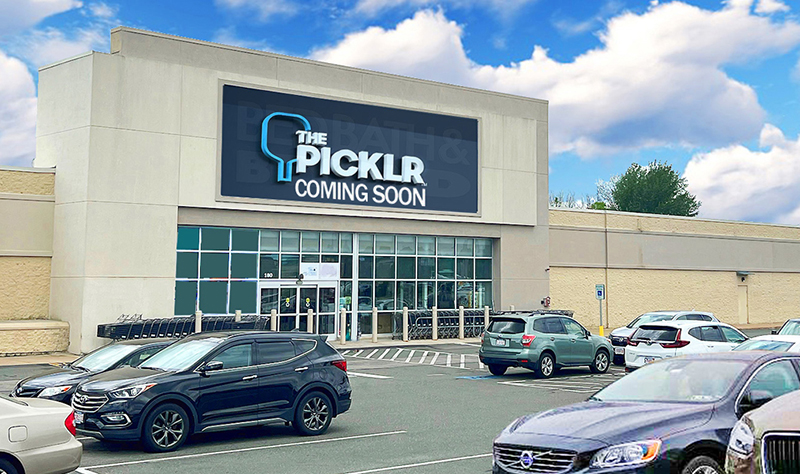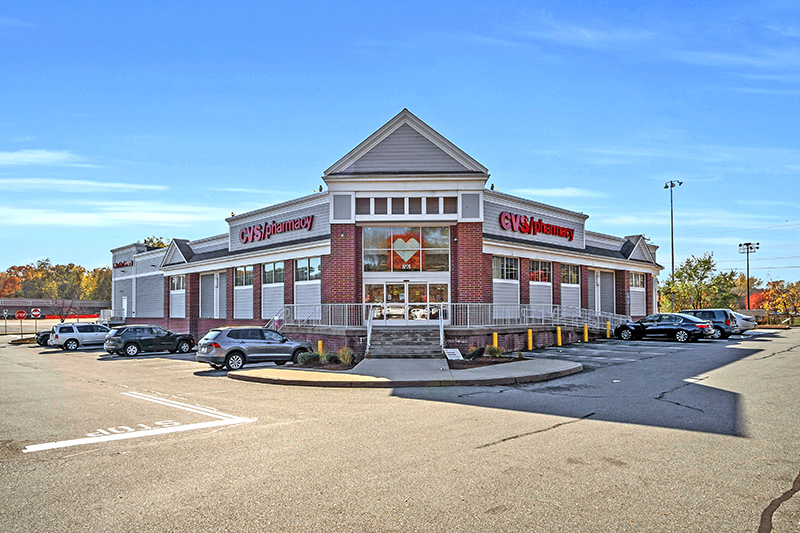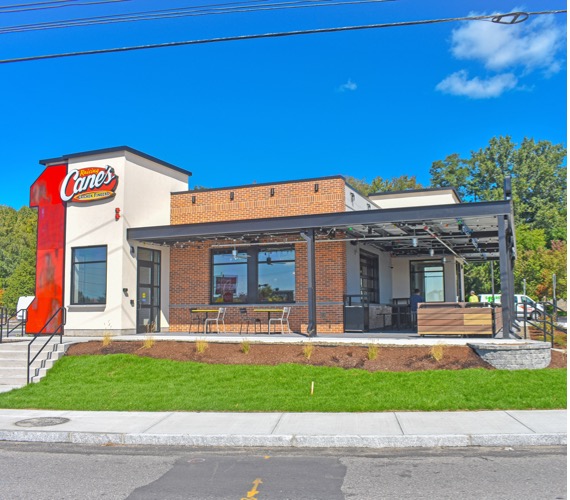News: Retail
Posted: August 20, 2008
Building green: Does it pay? Questions real estate professionals are asking their designers
Two questions that real estate professionals are asking their designers these days are:
*If I make this a "green" project, will it still be profitable?
*Why should I make a building green anyway? Isn't it just a passing fad?
The "why" question is simple. Buildings consume 39% of all energy in the U.S., and more than 68% of all electricity. Any meaningful reduction in energy consumption or greenhouse gas emissions must be led by the building sector. It is truly remarkable how quickly everything is becoming "green." It seems there are new green products and services and, increasingly, green regulations everywhere you turn.
Real estate professionals and experienced building owners know that the true profitability of a building can only be measured in terms of life cycle cost. They know from experience that any savings in up-front costs from using cheap materials and building systems are paid for by the owner many times over in the lifetime of a building. There are over 125 million occupied buildings in the US today, and the "average" life of a building is approximately 50 years. Not building green can be very costly!
What is the payback for going green? A few years ago, there was very little track record to go on, and the cost estimates for green building practices varied widely. More recently, the data suggests that the premium for green building practices is on the order of 3%, with many features costing nothing extra. It is now becoming clear that energy savings for a LEED-certified building are upwards of 25%. This means for a building shell cost of $100 per s/f, with current energy costs of $2 per s/f or more, the payback period is less than 6 years on energy alone - not taking into account lower water usage, lower O&M costs, higher occupancy rates, higher productivity - all very real factors when comparing LEED to non-LEED buildings.
What is LEED? LEED stands for Leadership in Energy and Environmental Design. It establishes an objective point system by which levels of green building can be rated; certified, silver, gold, and platinum. Some jurisdictions mandate a certain level of performance for approval; in other cases LEED rated buildings qualify for tax credits or other development bonuses.
The ability to achieve green status for your project depends on many factors, but among the most important is site selection.
Location. All real estate decisions depend upon location, but for LEED purposes, some sites are intrinsically better than others. In general, site selection criteria include:
*Protect natural and agricultural areas;
*Reuse existing buildings or previously disturbed sites;
*Plan for the reduced use of single-occupant automobiles; and
*Where possible, locate developments in existing community cores
Your site should ideally have existing infrastructure, be remote from wetlands, and not be located in flood zones or environmentally sensitive areas. It should be close to public transportation routes, and within walking distance from other community services. Special credit is given to rehabilitated "brownfields" sites.
Other site design criteria have been developed to both protect the environment and encourage conservation. Additional LEED credits are given for:
*Effective erosion control and stormwater management techniques;
*Reduction of impervious surfaces;
*Paving materials with high solar reflectance index;
*Proper solar orientation;
*Appropriate shade for buildings and pavement;
*Green roofs;
*Bio-retention areas and rain gardens;
*Adequate green space and open space;
*Minimizing single-occupant vehicle parking spaces;
*Preferred parking spaces for hybrid and carpool vehicles;
*Bicycle parking;
*Low impact lighting; and
*Native and drought resistant plantings requiring no irrigation.
For over 40 years TFMoran Inc. has championed sustainable, environmentally-appropriate land development opportunities. We practice what we preach - we were the first N.H. firm to have LEED certified civil and structural engineers; we installed the first commercial green roof in N.H. at our Bedford office, we installed the first commercial "grass-paver" system for overflow retail parking, and we are constantly working with owners, developers, and communities to enhance and improve sustainable design practices.
Building green is not a fad. It is the responsible stewardship of the limited stock of developable land, materials, and energy to create a higher quality of life at the lowest total cost. The real question ought to be "Why would anyone not want to be green?"
Robert Duval is officer and chief engineer at TFMoran, Inc., Bedford, N.H.
Tags:
Retail
MORE FROM Retail
Mace of KeyPoint Partners negotiates 36,192 s/f lease for The Picklr at Endicott Square
Danvers, MA KeyPoint Partners (KPP) negotiated a lease with the nation’s premier indoor pickleball venue The Picklr at Endicott Sq. Vice president of retail brokerage Don Mace negotiated the transaction on behalf of the landlord.

Quick Hits




.jpg)


.png)